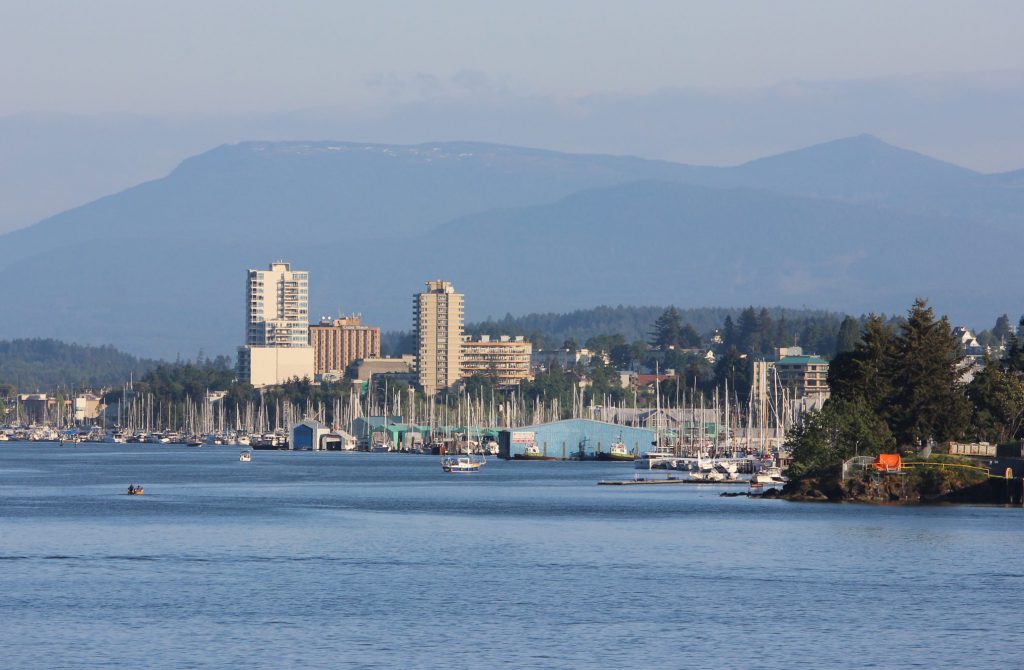
Thanks to a successful grant application, the Regional District of Nanaimo will undertake a geohazard risk prioritization study in electoral areas over the next two years.
The RDN received $150,000 from the B.C. government’s community emergency preparedness fund, disaster risk reduction climate adaptation stream. The study will detail and prioritize steep slope and landslide hazards and the level of risk primarily in the electoral areas. Findings will be made available to the public as well as other local governments and development professionals and would assist with decision-making related to land use planning, such as sustainable site planning, emergency readiness planning and future infrastructure investment, the RDN said.
“This information will help determine the best location and type for new development and how to avoid increasing the risk to others when developing a property, as well as inform property owners and buyers when a property is in a landslide area,” the RDN said via press release.
The work, which will require hiring a consultant, will build on the coastal and riverine flood hazard studies and mapping already completed by the regional district.
The Gabriola Local Trust Area’s Official Community Plan includes a development permit area for steep slopes; however, the mapping for it is considered to be inaccurate, according to Islands Trust planning staff. New mapping was completed by a consultant in 2010-11 but was not incorporated into the OCP as some community members believed the consultant’s work was inaccurate. Elected officials at the time chose not to update the OCP.
Whether or not the RDN will use the Gabriola OCP’s steep slopes mapping in its project is unclear at this time. The project’s team will work with a geographic information system consultant to identify required data and sources, Jamai Schile, RDN senior planner for long-range planning, said. “Experience indicates this is likely to include a variety of items, such as provincial digital elevation modelling products, LiDAR where available, static mapping information and historic and current orthophotos.”
By Rachelle Stein-Wotten, Local Journalism Initiative Reporter
GABRIOLA SOUNDER




